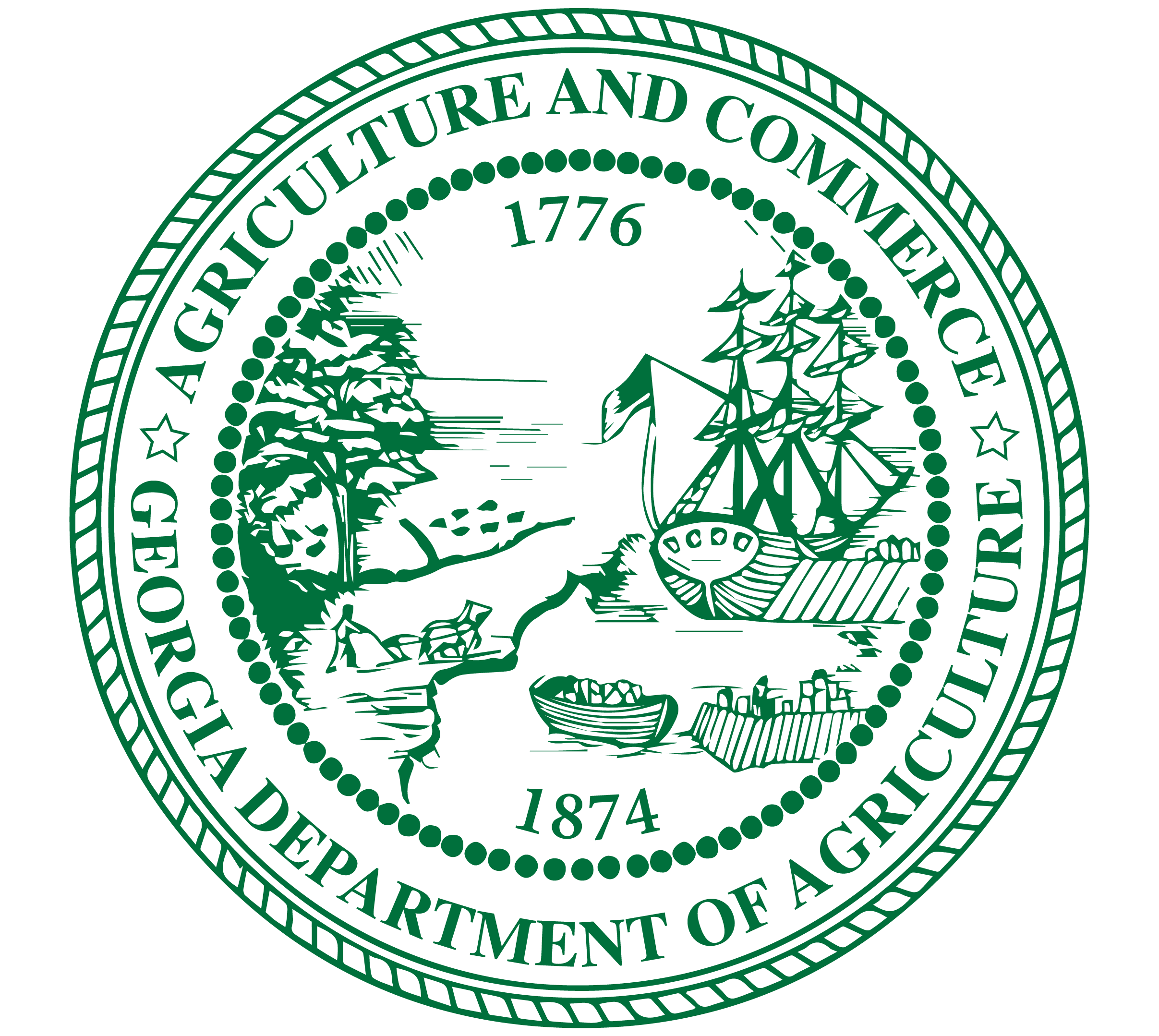These Cottage Food Safety directives are excerpted from Agriculture Rule 40-7-19-.08 (Cottage Foods, Food Safety Directives).
These Food Safety Directives are public health intervention strategies designed to limit the potential for FOODBORNE DISEASE OUTBREAKS. COTTAGE FOOD OPERATORS should follow these directives as a means to help ensure the safety of their products. They represent the minimum best practices required in the production of COTTAGE FOOD PRODUCTS, and COTTAGE FOOD OPERATORS are encouraged to contact the Georgia Department of Agriculture for additional guidance on food safety issues.
(1) Handwashing
(a) Employees involved with the preparation and packaging of COTTAGE FOOD PRODUCTS should clean their hands and exposed portions of their arms before starting food processing and after any activity that renders the hands unsanitary.
(b) Liquid soap, paper towels, and water warm to the touch should be used for handwashing, and should be available at the handwashing sink at all times.
(2) Bare-Hand Contact with Ready-to-Eat Foods. Bare-hand contact with READY-TO-EAT FOODS should be avoided at all costs. Single-service gloves, bakery papers, tongs, or other UTENSILS should be used when handling READY-TO-EAT FOODS.
(3) Hair Restraint and Clean Outer Garments. Hair restraints and clean outer garments must be worn by all persons in the PERMITTED AREA during processing, preparing, packaging, or handling of COTTAGE FOOD PRODUCTS.
(4) Eating, Drinking, or Using Tobacco. No COTTAGE FOOD OPERATOR, or employee under his/her direct supervision, should eat, drink, or use any form of tobacco in the PERMITTED AREA during processing, preparing, packaging, or handling of COTTAGE FOOD PRODUCTS.
(5) Preventing Contamination When Tasting. A COTTAGE FOOD OPERATOR or employees under his/her direct supervision should not use a UTENSIL more than once to taste COTTAGE FOOD PRODUCTS.
(6) Employee Health. Employees should not be allowed to prepare or package COTTAGE FOOD PRODUCTS if they have any of the following symptoms:
(a) Vomiting;
(b) Fever;
(c) Diarrhea;
(d) Jaundice; or
(e) Sore throat with fever.
(7) Unauthorized Persons. No person other than the COTTAGE FOOD OPERATOR, or designated employees under his/her direct supervision, should be engaged in FOOD processing or handling activities, or be present in the PERMITTED AREA while preparation, packaging, or handling is occurring.
(8) Food Contact Surfaces. The FOOD CONTACT SURFACES of all EQUIPMENT and UTENSILS should be clean to the sight and touch before beginning manufacture of COTTAGE FOOD PRODUCTS, and at a minimum frequency while in use to limit the potential for FOOD and ingredient contamination.
(9) Proper Storage of Ingredients and Finished Products. COTTAGE FOOD PRODUCTS’ ingredients and finished products should be stored separate from the residential food supplies, and in a manner to prevent contamination from the premises and non- employees.
(10) Proper Use and Storage of Chemicals. Chemicals should be used according to the label instructions, and stored in a manner to prevent contamination of FOOD CONTACT SURFACES, ingredients and finished products, SINGLE-USE ARTICLES, and packaging materials.
(a) PERSONAL CARE ITEMS should not be stored or allowed in the PERMITTED AREA unless stored in such a manner that does not allow contamination of food or FOOD CONTACT SURFACES.
(b) Spray bottles should have their contents clearly labeled.
(c) Pest control chemicals should not be used in the PERMITTED AREA.
(11) Pests. Pests should not be present in the PERMITTED AREA. These areas should be kept clean to prevent harborage of pests, and the premises should allow for easy visual inspection of pest activity.
(12) Pets. Pets should not be allowed in the PERMITTED AREA at any time during the preparation or packaging of COTTAGE FOOD PRODUCTS.


